Sooty Albatross
Posted: Mon May 21, 2012 7:50 pm
015. Sooty Albatross (formerly known as Dark-mantled Sooty Albatross) Phoebetria fusca (Bruinalbatros)
Order: Procellariiformes. Family: Diomedeidae
Description
Size 85 cm. Wingspan 205 cm. A medium sized dark albatross with uniformly dark chocolate brown plumage and with a diamond-shaped tail. The sides of the head are slightly darker brown than the rest of the body and the legs and feet are pale grey. A white crescent surrounds the eye, and the bill is black with a yellow-orange groove in the lower jaw.
Juveniles can show a paler, greyish collar, but the back remains dark throughout.
Distribution
Southern regions of the Atlantic and Indian Oceans, East to Australia. Breeds on temperate and sub-Antarctic islands in the southern oceans, dispersing in the non-breeding season across areas from 30-60° South. In southern Africa it occurs in oceanic waters far off the south and south-western coast of South Africa, although it is a rare vagrant closer to the coast. Best chance of being seen while on a Pelagic cruise.
Habitat
Inhabits sub-Antarctic and subtropical marine waters.
Movements and migrations
It is present year-round in southern Africa, although most birds return to their colonies in early September so that the chicks can fledge in May.
Diet
The Sooty Albatross eats cephalopods, fish, crustaceans and carrion, but unlike many other albatross species, it seldom follows fishing vessels to catch food.
Breeding
Egg-laying occurs between September and December, with a single egg laid in a nest made from a mound of mud and plant matter. The egg is incubated by both parents for 65–75 days. Parental care continues after hatching, and the chick is fed and guarded for the next five months, at which time it leaves the nest and becomes independent.
Status
Rare in southern offshore waters. The sooty albatross is classified as Endangered (EN) on the IUCN Red List.
Order: Procellariiformes. Family: Diomedeidae
Description
Size 85 cm. Wingspan 205 cm. A medium sized dark albatross with uniformly dark chocolate brown plumage and with a diamond-shaped tail. The sides of the head are slightly darker brown than the rest of the body and the legs and feet are pale grey. A white crescent surrounds the eye, and the bill is black with a yellow-orange groove in the lower jaw.
Juveniles can show a paler, greyish collar, but the back remains dark throughout.
Distribution
Southern regions of the Atlantic and Indian Oceans, East to Australia. Breeds on temperate and sub-Antarctic islands in the southern oceans, dispersing in the non-breeding season across areas from 30-60° South. In southern Africa it occurs in oceanic waters far off the south and south-western coast of South Africa, although it is a rare vagrant closer to the coast. Best chance of being seen while on a Pelagic cruise.
Habitat
Inhabits sub-Antarctic and subtropical marine waters.
Movements and migrations
It is present year-round in southern Africa, although most birds return to their colonies in early September so that the chicks can fledge in May.
Diet
The Sooty Albatross eats cephalopods, fish, crustaceans and carrion, but unlike many other albatross species, it seldom follows fishing vessels to catch food.
Breeding
Egg-laying occurs between September and December, with a single egg laid in a nest made from a mound of mud and plant matter. The egg is incubated by both parents for 65–75 days. Parental care continues after hatching, and the chick is fed and guarded for the next five months, at which time it leaves the nest and becomes independent.
Status
Rare in southern offshore waters. The sooty albatross is classified as Endangered (EN) on the IUCN Red List.
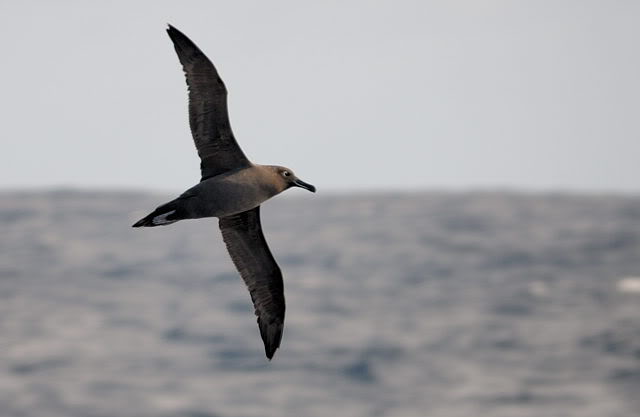
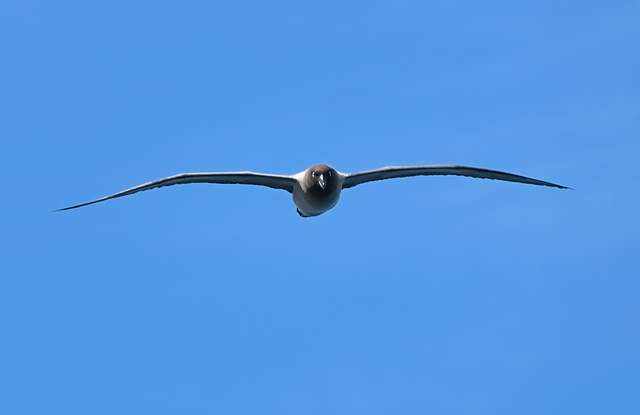
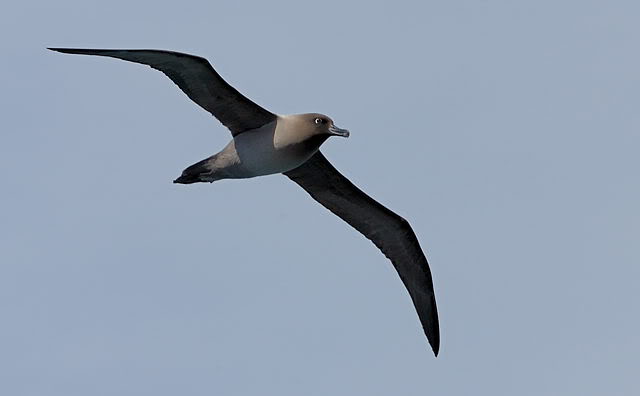
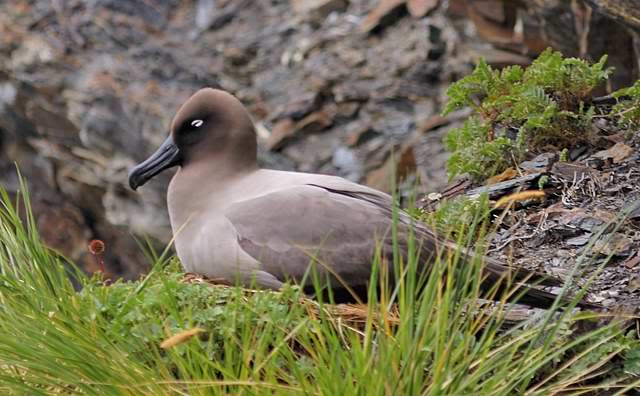
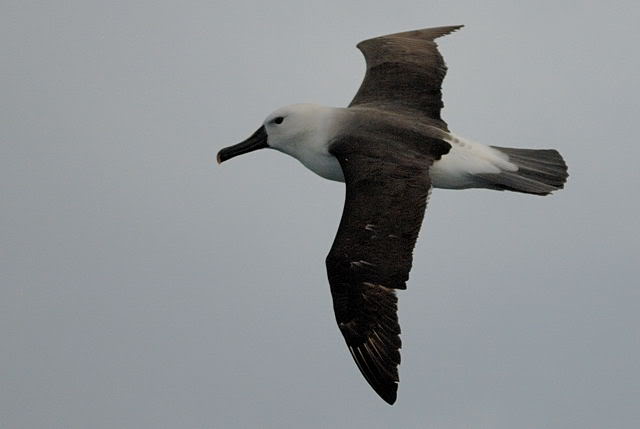
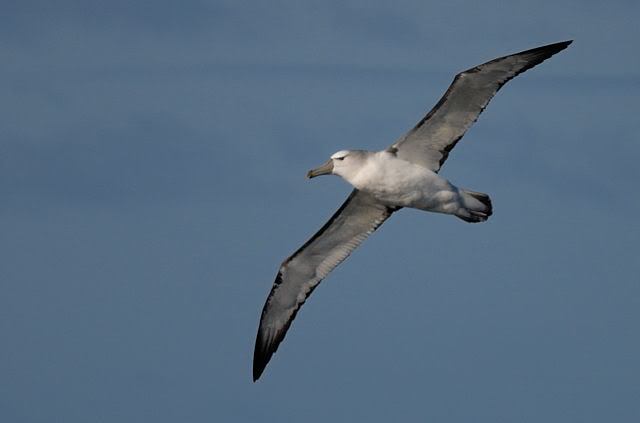
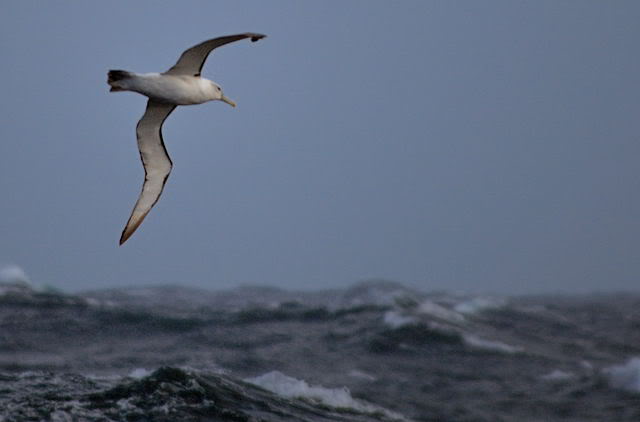
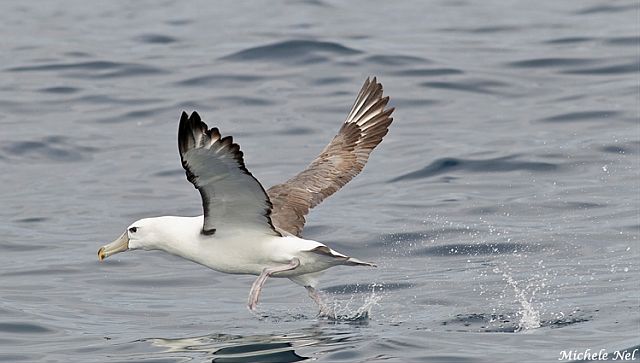 © Michele Nel
© Michele Nel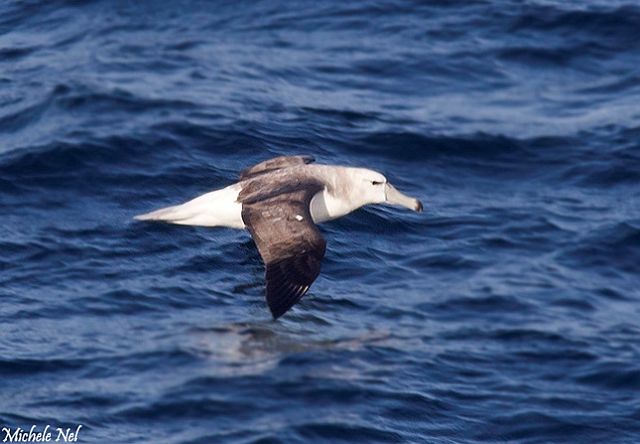 © Michele Nel
© Michele Nel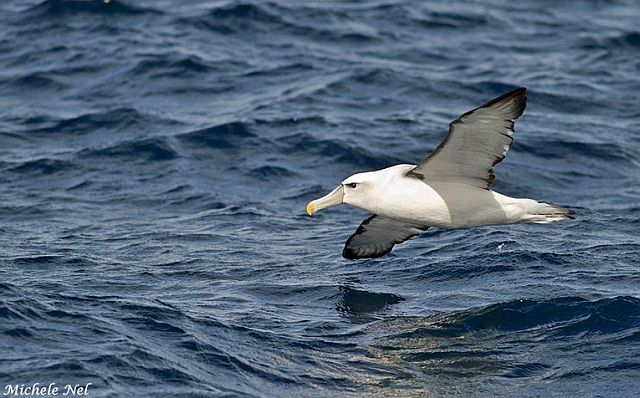 © Michele Nel
© Michele Nel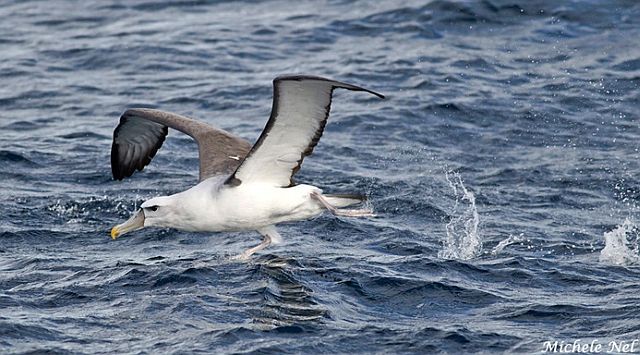 © Michele Nel
© Michele Nel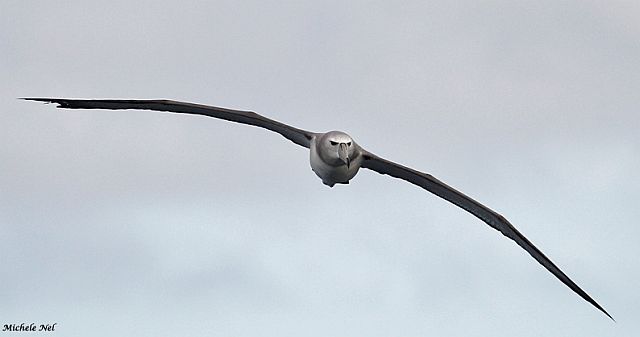 © Michele Nel
© Michele Nel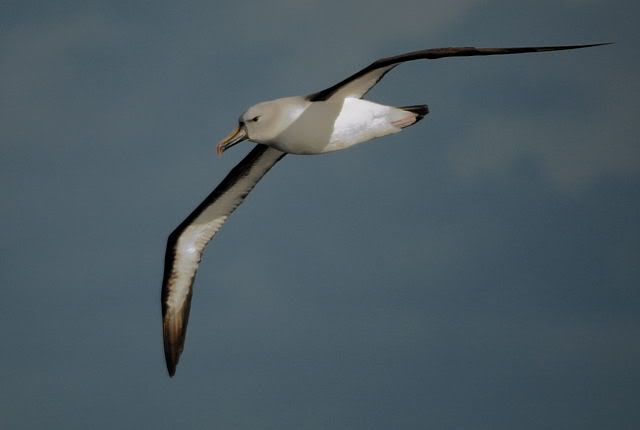
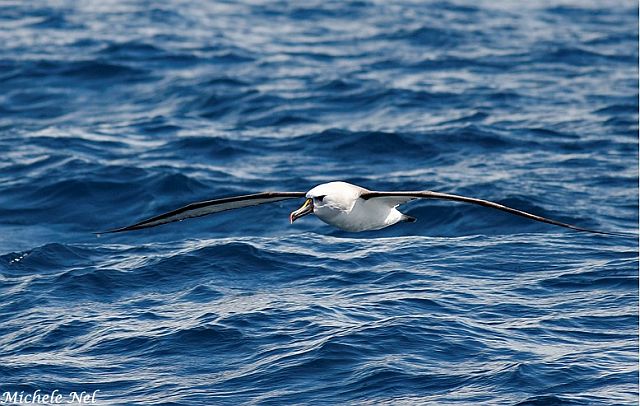 © Michele Nel
© Michele Nel